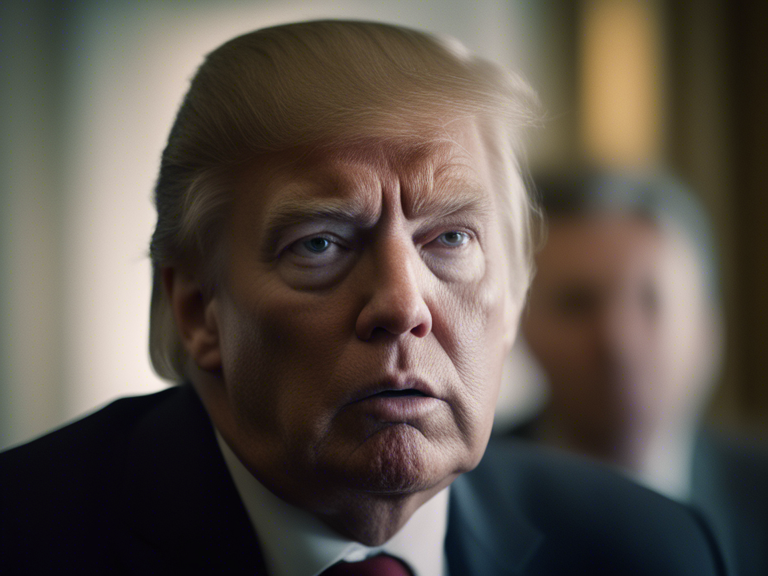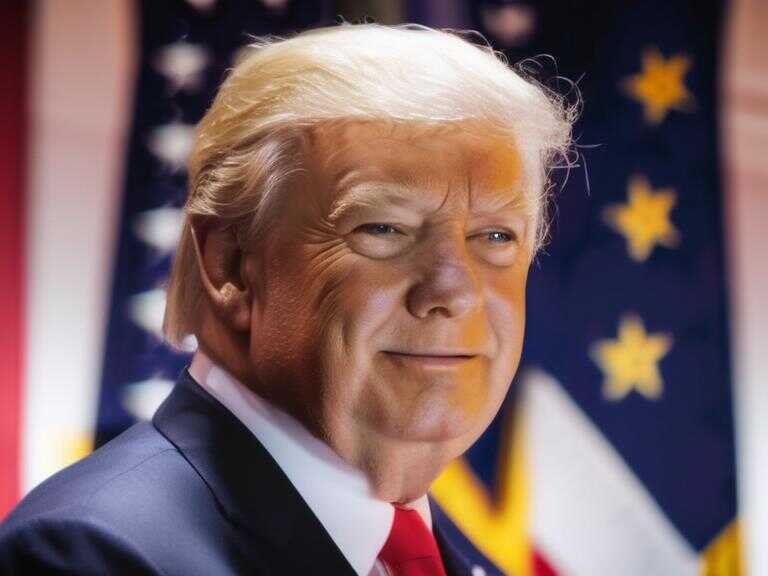
Autopsy Report Reveals Cause of Death for Man Who Attempted to Kill Trump
Autopsy report: Thomas Crooks, who attempted to kill Trump, died from a gunshot wound to the head. Congressional committees criticized delayed release of information.

Thomas Crooks, the individual who made an attempt on the life of former President Donald Trump, met his demise at the hands of a counter-sniper team on July 13. The definitive report, disclosed by Butler County Coroner William Young, ascertained that Crooks, aged 20, sustained a fatal single gunshot wound to the head at precisely 6:25 p.m. The incident transpired on the white roof of a warehouse owned by AGR International, in close proximity to the rally location.
Autopsy Details
The official cause of Thomas Crooks' death has been classified as a homicide. However, local Pennsylvania authorities have only made public a concise summary of the autopsy outcomes, declining to release the complete findings. This withholding is justified by the state's record law, which contains specific provisions for exemptions.
Opinions on the Delayed Disclosure
Amid the prolonged opacity surrounding the circumstances of the shooting, congressional oversight committees have censured federal agents for the sluggish dispensation of information. Sen. Chuck Grassley, in particular, has brought to light a plethora of localized video footage and investigative materials. This move aims to pressure the federal authorities into a more transparent and expeditious revelation of the details.
While the released autopsy report supplies newfound chronological particularities to the shooting incident, disparities persist in the pace of information dissemination. The Federal Bureau of Investigations recently unveiled a timeline indicating that local law enforcement had identified Crooks as a suspicious individual shortly after 5 p.m., which predates the fatal shooting by over an hour. Subsequent observations documented his activities, including the use of a range finder, perusal of news websites on his mobile device, and the presence of a backpack. Notably, he was witnessed navigating the HVAC piping outside the warehouse and scaling multiple rooftops before establishing his final vantage point.
Swift Action by Law Enforcement
Upon discovery of his position, a local police officer promptly alerted the authorities and, by 6:11 p.m., had visually confirmed Crooks' whereabouts, leading to a covert deployment on the roof. In a swift chain of events, Thomas Crooks discharged a salvo of eight rounds in the direction of Donald Trump, precipitating the retaliatory actions of the Secret Service counter-sniper, resulting in his instantaneous demise.
The prevailing audio-visual and testimonial evidences underline the acute gravity of the situation, warranting a comprehensive and expeditious disclosure of the autopsy findings. This development will be pivotal in elucidating the sequence of events and the potentially mitigating factors, such as the potential influence of chemicals or medications on Crooks' behavior.
Renewed Scrutiny
As this revelation reverberates, a fresh wave of scrutiny is set to inundate the spatiotemporal aspects of the case. In light of the confluence of events leading up to the fatal encounter, the onus is on the law enforcement agencies to furnish a veritable and comprehensive explication of the circumstances and the ensuing response. The disparate perspectives underscore the exigency of a meticulous and exhaustive inquiry to assuage the concerns of the public and the envisaged congressional oversight tacitly prompting a substantive overhaul of the extant information disclosure protocols.
The evolving contours of this episode will undoubtedly assume a heightened significance in the coming days as the lacunae in the existing narrative are addressed. The imperative of candor and the exigency of due process in the dissection of the shooting incident, in conjunction with the attendant autopsy findings, underscore the unassailable imperative to pursue the unvarnished truth.
Thomas Crooks' demise stands as an alarming testament to the vulnerability that attends public events and the concomitant imperative of preemptive and responsive measures to forestall untoward incidents. It is incumbent upon the custodians of public safety and the overlords of information dissemination to navigate the delicate equipoise between transparency and sensitive operational imperatives.
Share news















